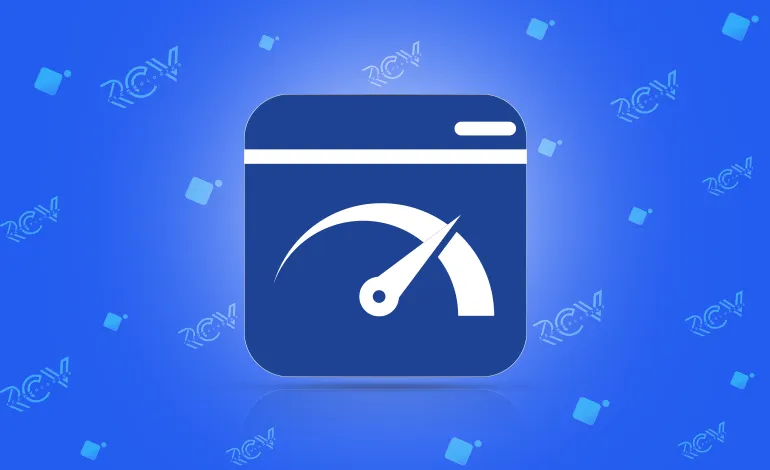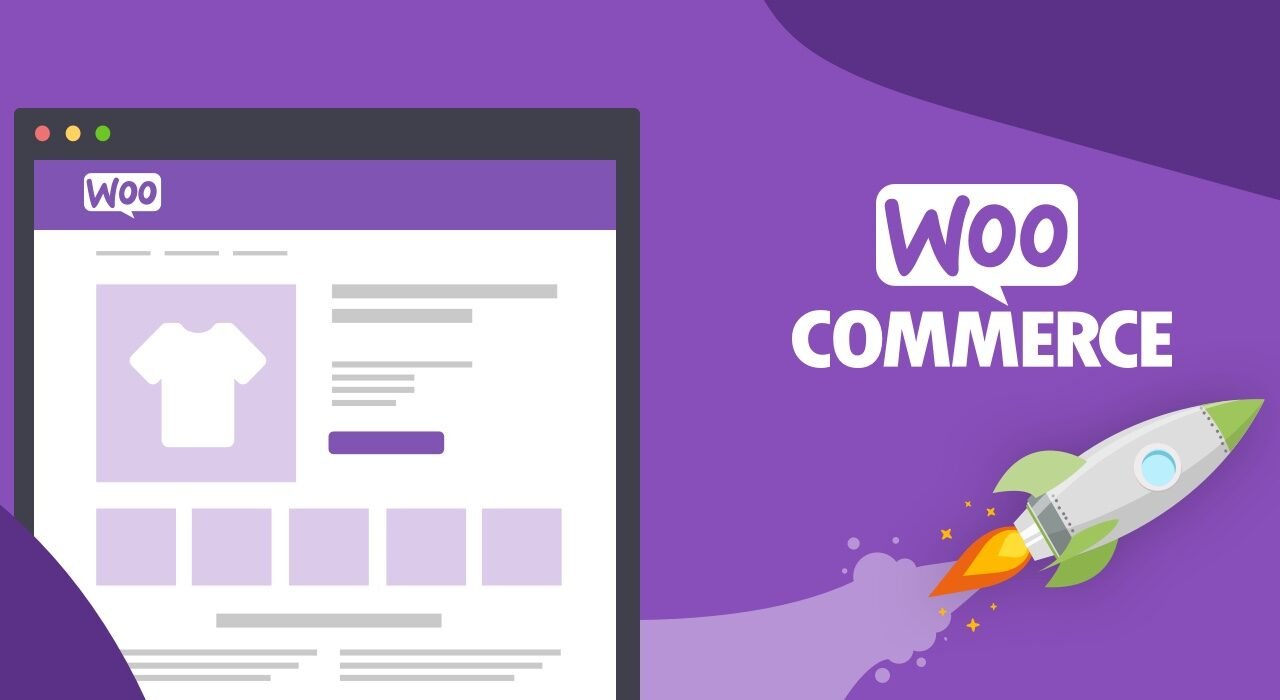Monolith To Modular: Modernization In E-Commerce Web Development

Have you ever wondered why adding a new feature to your e-commerce site feels like climbing a mountain, or why scaling up during sales season ends up costing time and money?
These are common struggles for businesses still using old-school monolithic systems. Built years ago for a simpler digital era, these platforms often can’t handle the speed, flexibility, and integrations modern e-commerce demands. But with the Indian e-commerce industry booming and customers expecting seamless, personalized experiences, sticking with outdated technology can quietly drain your growth potential.
In this write-up below, we have explained how forward-thinking custom software development agency India are transforming those rigid legacy systems into modular, future-ready platforms – so you can innovate faster, scale easier, and compete more confidently.
Understanding The Monolithic Challenge In E-Commerce
What Are Monolithic E-commerce Systems?
Monolithic systems represent the traditional approach to e-commerce web development, where all components inventory management, payment processing, user authentication, product catalog, and checkout processes, are tightly integrated into a single, large application. While these systems served businesses well in the early days of online commerce, they now present significant limitations.
Key Problems with Legacy Monolithic Systems:
- Performance Bottlenecks:
- A single point of failure impacting the entire platform
- An inability to scale components individually
- Slow loading times are detracting from the user experience
- Limited capacity for handling traffic spikes during sales events
- Development Constraints:
- Deployment requires the whole system to be upgraded and often redeployed
- Technology lock-in is preventing the use of cutting-edge tools
- Development cycles for new features take a lengthy amount of time
- Higher risk of bugs impacting multiple functionalities
- Business Limitations:
- Limited flexibility in architecture is slowing time-to-market
- Maintaining the systems is more expensive, and the debt to manage is mounting
- Limited ability to easily integrate third-party services and APIs
- Customization options are severely limited, regardless of market segment.
Modular Revolution: Embracing Modern E-commerce Architecture
What is Modular E-commerce Development?
Modular architecture, also known as microservices or headless commerce, breaks down the traditional monolithic structure into independent, interconnected components. Each module handles specific business functions and can be developed, deployed, and scaled independently.
Core Components of Modular E-commerce Systems:
- Frontend Separation (Headless Architecture):
- Decoupled presentation layer for enhanced flexibility
- Multiple frontend options (web, mobile apps, IoT devices)
- Improved performance through specialized optimization
- Better SEO capabilities with modern JavaScript frameworks
- Independent Backend Services:
- Product Information Management (PIM) systems
- Order Management Systems (OMS)
- Customer Relationship Management (CRM) integration
- Payment gateway and financial processing modules
- Inventory and warehouse management systems
- API-First Approach:
- RESTful and GraphQL APIs for seamless integration
- Third-party service connectivity
- Omnichannel commerce capabilities
- Real-time data synchronization across platforms
Benefits of Modernizing E-commerce Systems
Enhanced Performance and Scalability
- Speed Optimization:
- Faster page load times improve conversion rates
- CDN integration for global content delivery
- Optimized database queries and caching strategies
- Mobile-first responsive design implementation
- Scalability Advantages:
- Independent scaling of high-traffic components
- Cloud-native architecture for elastic resource allocation
- Microservices handling specific traffic patterns
- Load balancing across multiple service instances
Improved Development Efficiency
- Faster Time-to-Market:
- Parallel development of different modules
- Independent deployment cycles
- Reduced testing complexity for individual components
- Agile development methodologies implementation
- Technology Flexibility:
- Best-of-breed technology selection for each component
- Easy adoption of emerging technologies
- Framework and language diversity within the same platform
- Future-proof architecture supporting continuous innovation
Better Customer Experience
- Omnichannel Commerce:
- Consistent experience across web, mobile, and physical stores
- Real-time inventory synchronization
- Unified customer profiles and purchase history
- Seamless cross-platform shopping journeys
- Personalization Capabilities:
- AI-driven product recommendations
- Dynamic pricing and promotional engines
- Behavioral analytics and customer segmentation
- Real-time content customization
Conclusion: Future-Proofing Your E-commerce Business
Transitioning from a traditional, integrated architecture to a modular architecture is more than a technological change; it is a change to the business structure of e-commerce companies, providing them with the best opportunity to succeed and grow in India’s rapidly changing e-commerce landscape. By collaborating with a top web design and development agency in India, companies can benefit from world-class capabilities, low-cost pricing, and cutting-edge technology in a modular, flexible, and scalable e-commerce platform.
Investing time and resources to modernize legacy systems will result in improved customer experiences, higher operational efficiencies, and better competitive advantages. With the speed of evolution in e-commerce, companies transitioning to a more modern modular architecture will be in the best position to leverage new opportunities and serve customers better.
Ready to modernize your ecommerce website development solution? Contact us today to begin your transformation journey from monolithic limitations to modular possibilities.
The future of your online business indeed depends on the decisions you make today.






